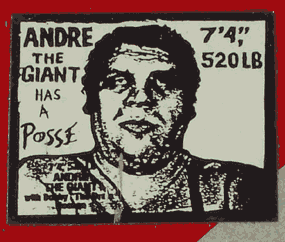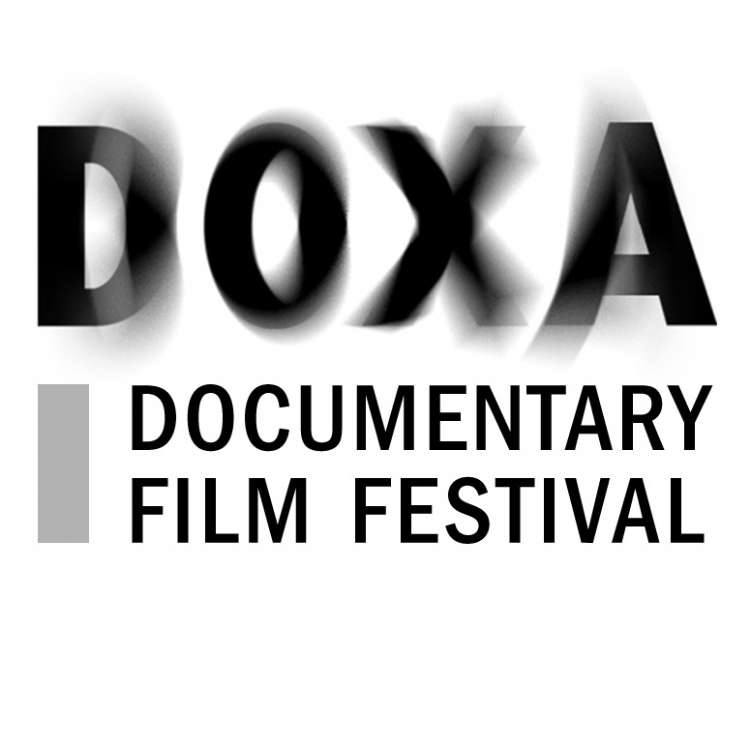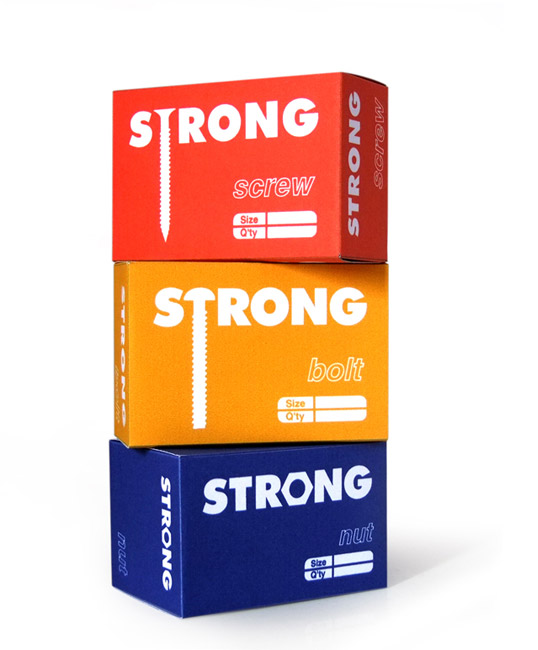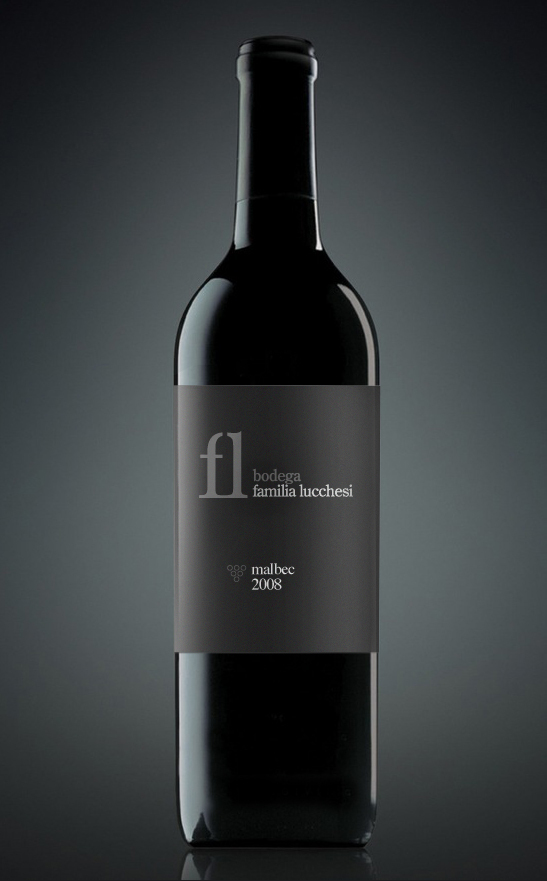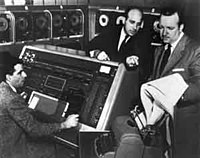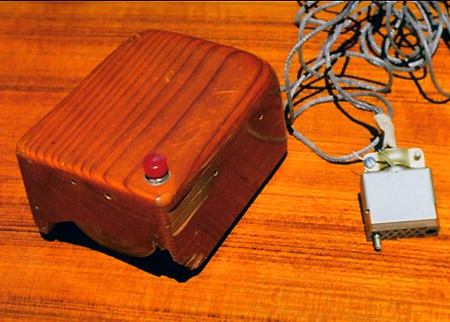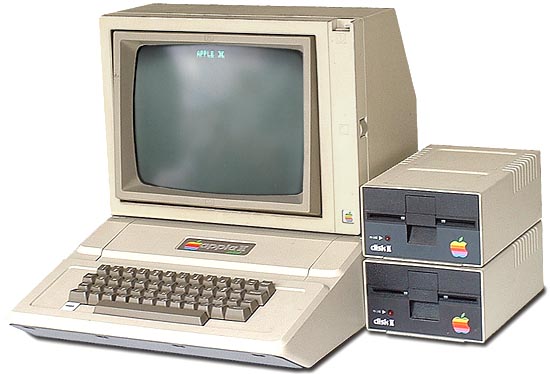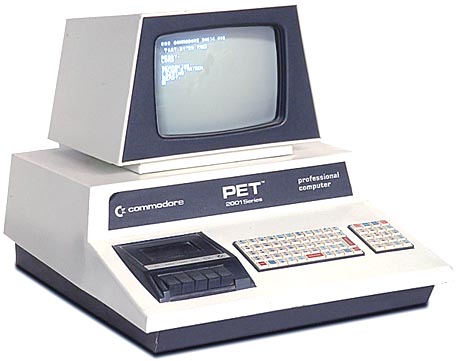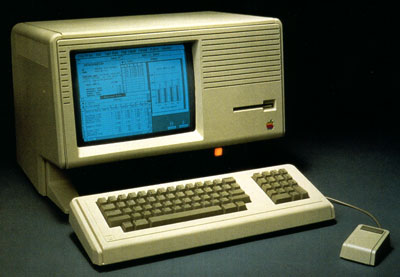Until the 1880s, how were news stories illustrated? From engravings or woodcuts. What is a camera obscura? An optical device that projects an image of its surroundings onto a screen.
Post an example of a camera obscura.
How did scholars and artists utilize the camera obscure? A way to observe light.
From where did the photographic camera develop? The portable box.
Who first used the term "photography"? Where was is derived from? Sir John Hershel - the Greek words for light and writing.
Post an the first photograph.

Who is credited with making the first successful photograph? Joseph Niepce.
Post an example of a Daguerreotype image.

Who invented the Daguerreotype process? What are the advantages and disadvantages of the process? Louis Daguerre. The exposure time was reduced but it was expensive and the images couldn't be duplicated.
Post an example of a Calotype image.

Who invented the Calotype process? What are the advantages and disadvantages of the process? William Fox Talbot. The quality was inferior to Dauerreotype. An unlimited amount of duplicates can be made.
Post an example of a Wet Collodion Process image.
Who invented the Wet Collodion process? What are the advantages and disadvantages of the process? Frederick Scott Archer. Reduced exposure time and inexpensive. Inconvenient.
Post an example of a Dry Plate Process image.

Who invented the Dry Plate process? What are the advantages and disadvantages of the process? Richard Maddox. Simpler yet too complex for the public.
Who is George Eastman? Made photography accessible to all.
What company did he establish? The Eastman Kodak Company.
Post an example of The Kodak Camera from 1888.

In 1888, he produced a camera that use his flexible roll film. How did he make this camera/photography accessible to the public? He sold a camera for only $1.
What is Edwin Land best known for? What company did he establish? Patenting polarized light filters and the invention of instant photography. The Polaroid Corporation.
Post a photo of the first Polaroid camera.

How long did the first Polaroid camera take to produce a photo? 60 seconds.
What was Eadweard Muybridge known for? Using multiple cameras to capture motion.
Post a photo of the Zoopraxiscope.

What is the Zoopraxiscope? A device used to project a series of images in successive phases of motion.
Post a photo of Muybridge's horse in motion.
How did Muybridge settle the debate and photograph a horse in motion? Muybridge place cameras at intervals that would be triggered by a thread as the horse passed by.
In 1880s, the development of the motion picture camera allowed this? Individual images to be captured and stored on a single film reel.
Post a photo of a motion picture projector.

What is a motion picture projector? A light shines through the film and magnifies the moving picture onto a screen for an audience.

